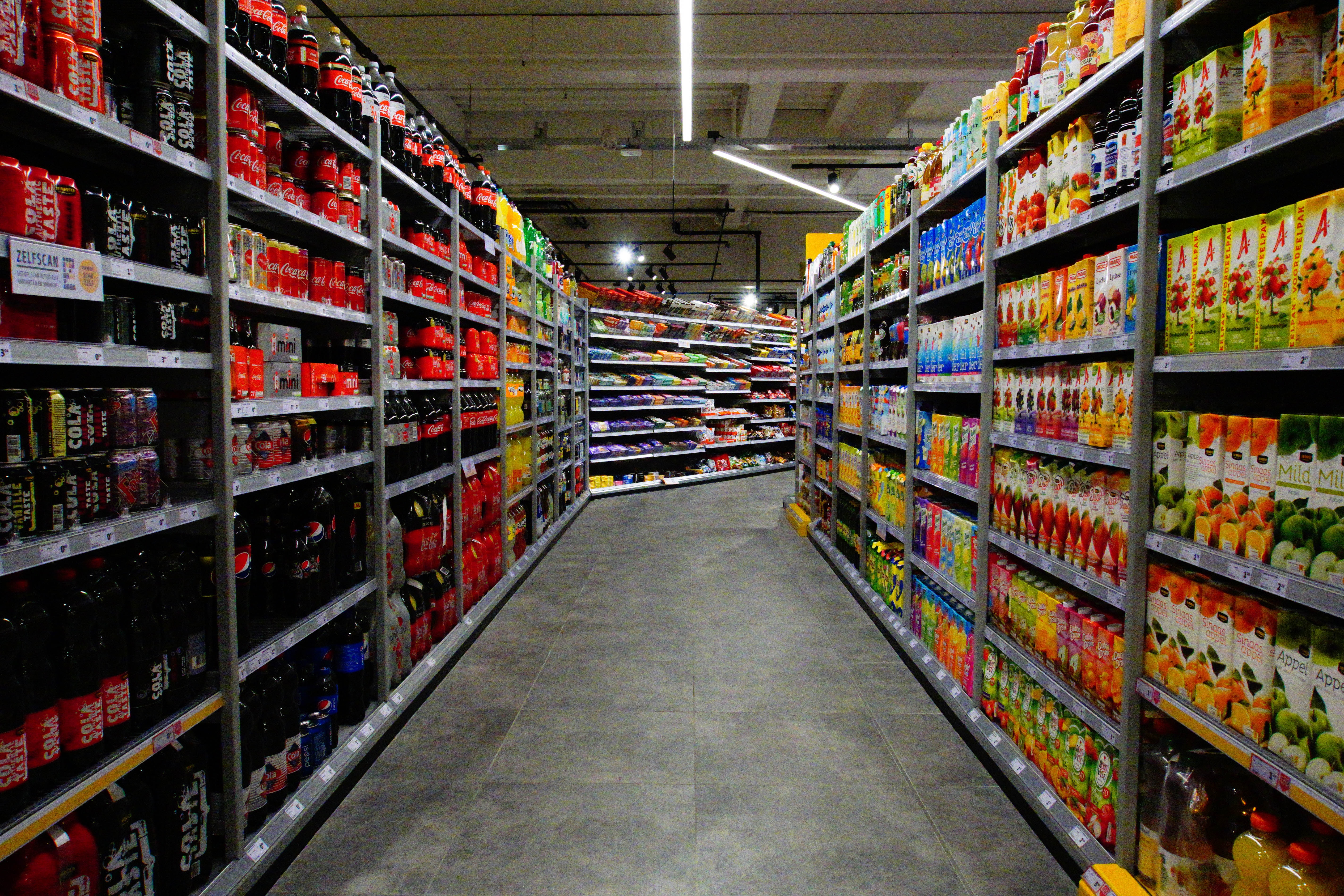News release
From:
Author comment from Associate Professor Azam Ali:
"Bioactives components play a significant role as an alternative preservatives for the successful development of food packaging. It is estimated that the eco-friendly nature of chitosan and essential oils-based packaging would be an excellent alternative to plastic and synthetic preservatives in the near future."



 New Zealand
New Zealand



